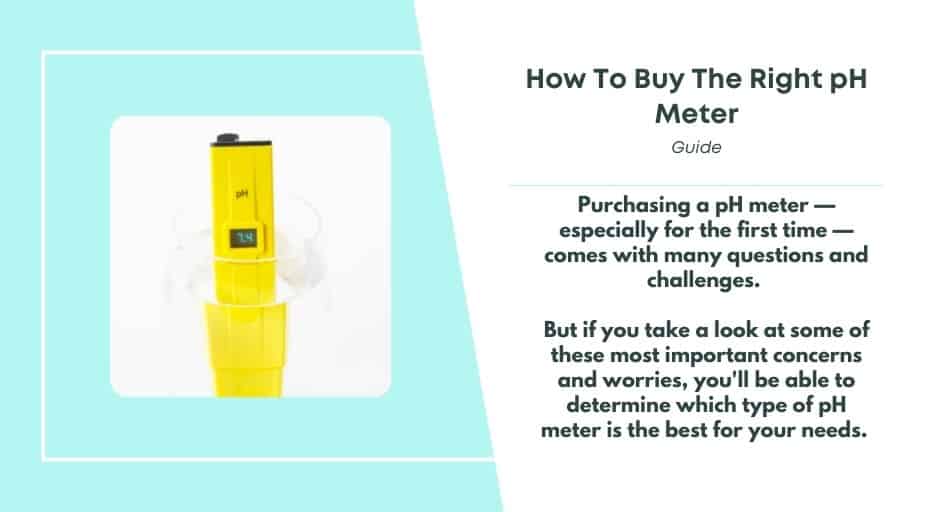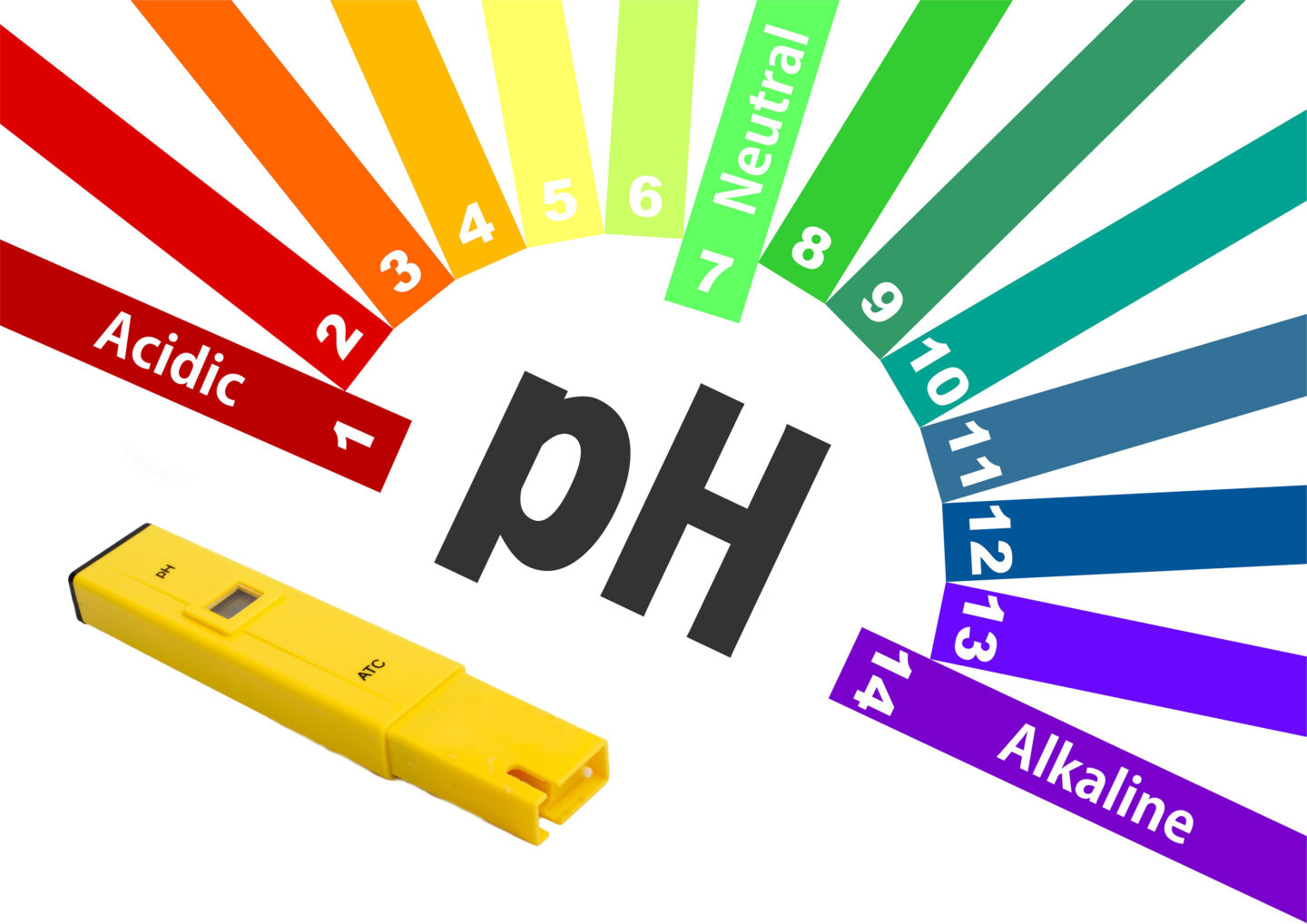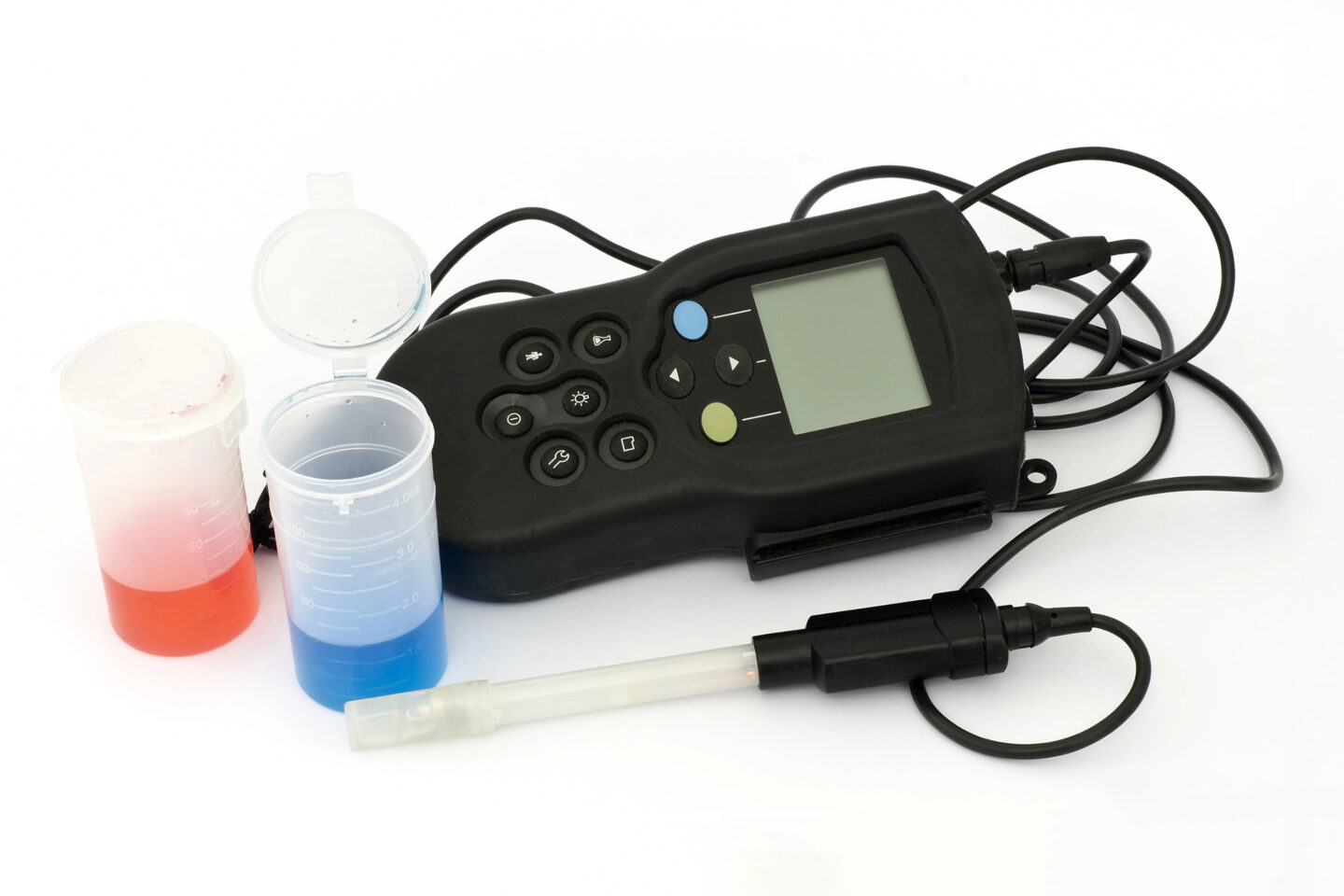Whether you have to follow a low-acid diet because of a medical condition or you simply want to stay as healthy as possible and consume an alkaline diet, knowing the pH level of the foods you consume is a great idea.

The easiest way to do that is to research and memorize the pH levels of common foods, which you can find online. But some foods have a wide range of pH levels, so how can you know where on the pH scale your food lies?
The answer is simple: Invest in a pH meter.
Table of Contents
How To Buy The Right pH Meter?
A pH meter can help you determine the pH level of any food and drink you consume with very precise accuracy. Most of them are effortless to use and can help you follow a low-acid, mostly alkaline diet.
Owning a pH level can be a huge help if you enjoy canning and storing foods for longer periods, which require a specific pH level to prevent the foods from spoiling. With all of these benefits, there's no reason not to get a pH meter.
If you've decided to buy a pH meter, now you have to think about which type is best for you. This is important since some pH meters work better for liquids, while others are better for solid foods.
Others are also better for more scientific research than testing foods at home, so you have to make sure what it is better for before buying it, as some may be toxic. There are also many other differences, depending on what you're looking for.
How does a pH meter work?
A pH meter consists of three major parts: an internal electrode, a reference electrode, and a high-input impedance meter. These three components work together to determine the pH level of the food you insert the probe into by comparing the pH level to the reference electrode and giving you the result.
It measures the balance between different ions present in the food or solution, thus determining the pH level, which generally ranges from 1 to 14.
Without going too much into detail, the pH level breakdown looks like this:
- Neutral pH level = 7
- Acidic pH level < 7
- Basic pH level > 7
If you're following a low-acid, mostly alkaline diet, you should stick to foods with pH levels above 7, since those are the least harmful to your digestive system. However, it's important to note that some foods may have a low pH level but still be alkaline-forming once digested.
Those are mostly fresh vegetables, such as tomatoes, onions, and even fruits like lemon. Because of that, remember that there's a lot more to a low-acid diet than just the pH levels of the foods you consume.
What types of pH meters can you buy?

Which type of pH meter you choose depends greatly on what you want to use it for. This is because there are many different kinds available on the market, depending on what types of pH levels you want to check.
For example, if you'll want to use your pH meter to measure the pH levels of liquids, you might want to make the safest choice. That way, you'll be able to safely immerse your equipment in water without worrying about it breaking down.
You can also buy pH meters that are easier to move around than others, so again, it all depends on your needs. If you're looking for something to check pH levels and acidity with at home, you may want to choose slightly cheaper equipment as it doesn't need to be highly accurate.
On the other hand, if you're looking for something more specific, you can choose pH meters that allow you to calibrate the tool and get more specific results. However, this may increase the price, so only do so if absolutely necessary.
The most common ones are pen-sized pH meters. They're portable and easy to store, so they're best for home testing. They're also relatively accurate, so you won't lose precision. These types of pH meters are slightly cheaper than bigger, more advanced versions. You can save some money if you choose to use them.
If you're not looking for something too expensive or if you just want to try measuring pH levels, you can start with pH test strips. These are less expensive than pH meters and simpler to use, as they require no calibration whatsoever.
On the other hand, pH test strips are slightly less accurate and are solely used for liquids. That's because fluids need to be applied to the strip, which is hard to do with solid food.
How to pick the right pH meter?
There are many things you should consider before buying a pH meter. From accuracy to price, there is an abundance of devices measuring pH levels these days. So, what exactly are the things you should be looking out for?

Accuracy
Some pH meters are more accurate than others. If you're looking for equipment for educational or professional research, you may want to opt for more accurate ones. For example, it's best to aim for a pH meter that gives you results with 0.1 accuracy as opposed to 1.
That way, you can report your findings in a more detailed way, which is essential in a scientific environment. On the other hand, if you're looking for a pH meter for home use, you can choose lower accuracy as it doesn't make a huge difference on a low-acid diet.
Temperature
Ph level readings are extremely affected by temperature. As a result, you either have to use your pH meter at the same temperature as the food or use a meter that adjusts its temperature automatically. These are more expensive, but they give you a more accurate reading.
This can be beneficial if you're doing some academic research that requires quick and accurate results. The pH meters that adjust the temperature automatically are slightly more expensive. So it's important to decide which features you truly need.
Calibration
Calibration of the pH meter is achieved by immersing the electrode in a buffer solution that has either a pH level of 4, 7, or 10 (often color-coded red, yellow, and blue). This allows your pH meter to detect the acidity accurately, as it will enable your tool to have a broader spectrum of measurement.
For example, if you're using your pH meter to measure the acidity of foods, you have to use a buffer with a pH between 4 and 7 to ensure that it will detect the ions present in the foods or liquids. On the bright side, the newest pH meters calibrate themselves automatically, which increases their accuracy even more.
Portability
Some pH meters are attached to the table, so they're much harder to transport while maintaining accuracy and calibration. Because of that, they're best suited for research labs and other stationary places.
If you're looking for a pH meter that will allow you to measure the acidity of foods and liquids in most places you go, make sure to go for portable meters.
These days, they are almost as accurate as the scientific ones, which can't be moved easily. As a result, you won't lose any precision, but you'll still be able to travel with it.
Data storage
If you're looking for a pH meter because you have to follow a low-acid diet due to a medical condition, you may want to look for one that has data storage. That way, you can store the pH levels and name them to identify specific food items that you consume the most, such as tomatoes, cucumbers, or spinach.
It will also allow you not to measure the same thing twice, avoid wasting time, and simply look it up on the device.
Electrode
Depending on the things you'll be using your pH meter for, you might want to consider which electrode you want to choose. For example, bulb electrodes shouldn't be used for foods since they can burst, contaminating the food and leading to poisoning and other problems.
Don't know what to drink? Check out these articles: 20 Most and Least Acidic Juices and 20+ Alcoholic Drinks Ranked by Acidity Level
So these should only be used in research environments where you won't be ingesting anything you test. If you're looking for a pH meter for home use, though, choose one with a sharper tip. It will allow you to insert the electrode into the food or liquid without any problems or damage.
It's also important not to store the electrode dry, as it will stop working properly. Instead, it should be stored in a buffer solution that keeps it working and protects it from damage.
It's also worth noting that, as a rule of thumb, one electrode will last you for approximately one to two years. After that, it will lose its accuracy and slowly stop working. So it will need to be replaced, regardless of what kind you're using.
Purchasing a pH meter—especially for the first time—comes with many questions and challenges. But if you take a look at some of these most important concerns and worries, you'll be able to determine which type of pH meter is best for your needs.
That way, you'll be able to follow a low-acid diet more carefully and consume mostly alkaline foods.
